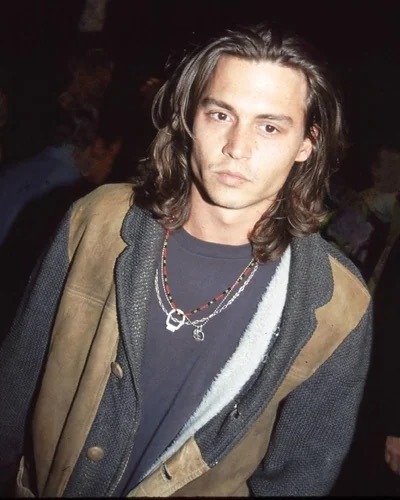If you’ve been on social media recently, especially TikTok and Instagram, you’ve probably heard or seen the term “performative male.” This new trend features young men with carabiners on their baggy jeans, carrying an iced matcha in one hand and a book in the other.
But before “performative males,” there was the term “metrosexuals” in the late 90s and early 2000s. What exactly does the term metrosexual mean, though, and how does it relate to today’s performative males?

The term metrosexual was coined by a British Journalist, Mark Simpson, in 1994. According to multiple sources including El País, Merriam-Webster and Cambridge Dictionary, the term “metrosexual” describes a self-proclaimed straight man who is well groomed, but in a way that is perceived as feminine.

David Beckham, according to Them, was known as “the biggest metrosexual in Britain. He was one of the main faces of the movement, often embracing femininity while still remaining traditionally masculine; having a muscular physique and being athletic.
According to Bleacher Report and Famous Fix, Beckham and other male celebrities such as Cristiano Ronaldo, Ashton Kutcher, Brad Pitt and Johnny Depp aided society in seeing masculinity and femininity as intertwining; much more digestible to the masses.

Metrosexual men demonstrated to patriarchal society that, as a man, you can have both masculine and feminine qualities. They were walking proof that someone’s personal expression and interests were not always related to their sexuality.
To that point, the term became outdated due to the de-stigmatization around self expression. Performative males are similar to metrosexuals because it’s a term used to describe straight men who are aligning themselves with slightly traditionally feminine characteristics. After all, activities like going to cafes or reading books, specifically feminist literature, have always been viewed as incredibly feminine. However, they only align with this lifestyle because it’s what's currently trending and it possibly gains them attention.

The start of men embracing feminine qualities to become trendy through social media began with the creation of the “soft boy” aesthetic; describing a straight man who rejects traditional masculinity by attempting to appear gentle or emotionally sensitive. According to the San Francisco Foghorn, actors such as Timothée Chalamet, Paul Mescal, Jacob Elordi and Harry Styles “began to attract many young people based on their softer gender-defying aesthetic.” Due to the newfound popularity around this idea of a soft boy, young men ride this trend as far as it will take them.
While there are men who wish to appear more gentle, there are also those out there who want to be seen as the opposite in order to achieve traditional masculine values.

According to The Communicator, with the rise of conservatism, or “red pill” content on social media, men who wish to reject femininity as a whole have emerged; which doesn’t align with the views of modern progressive women. Performative males try to be perceived as the opposite of these views, appearing less masculine or soft in order to be appealing to the modern woman; if you keep up with modern lingo, a real “pick me” type.
During the late 90s and early 2000s, metrosexuals explored and crossed the lines between norms associated with gender and sexuality in a way that was unique for the time period. In modern society, crossing the lines of masculine and feminine may not be seen as innovative anymore; just because it’s no longer unique, however, doesn’t mean that it can’t still be done.
Some people aren’t seeking to perform, but instead dress a certain way out of genuine interest. So, go ahead and wear your carebinders on your jeans and drink your matcha; as long as you're doing it for yourself, not others.


